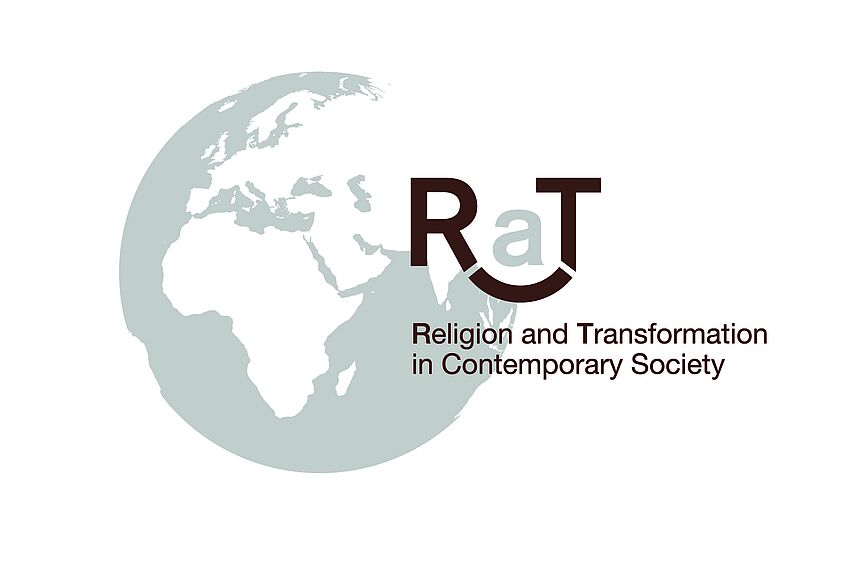RaT Study day "Religion and Boundaries" on October 2nd, 2017

RaT Study day "Religion and Boundaries" on October 2nd, 2017
On October 2nd, 2017, an internal study day on „Religion and Boundaries“ took place on the premises of the research platform RaT. Many longstanding and new RaT members and interested students participated in it. The goal of the study day was to bundle different project propositions from the diverse disciplines united in RaT in the topic „Religion and Boundaries“. Simultaneously the event offered the opportunity to present the request of the research platform for its renewal starting 2018 in front of the members and to resume the contours and results of eight years of RaT.
The title „Religion and Boundaries“ bundles the many relations between religion and boundaries, demarcations, transgressions and borderline experiences. This encompasses the boundaries inside religions, those between religions and those between religion and the secular. As the speaker of the platform, Kurt Appel, showed in his introduction it is not only research in the context of its focal point „Religion and Migration“ that reveals the political dimension of the topic „Religion and Boundaries“. Moreover, it also includes symbolic, linguistic, cultural and institutional boundaries.
The question concerning the relation between religion and boundaries demands further focusing on the one hand and the clarification of viable understandings of the concepts of religion and boundary on the other hand. The study day was the first session supposed to initiate a long-term development of the topic.
The possible focusing of „Religion and Boundaries“ on the concepts “representation” and “aesthetics” formed one recurrent theme of the discussions. This perspective builds on the international congress „The Crisis of Representation“ that was organized by RaT in June 2017. Religions represent pretense of sense, power, ethics, affiliation etc. The thesis that such representations always interfere with practices, liturgies, symbols, normative texts and more, enables one to understand religions as aesthetic programmes (in the largest sense of aisthesis).
The conception of project ideas on the topic „Religion and Boundaries“ could build on several project propositions. The spectrum of perspectives including approaches from political science, different forms of theology, philosophy, religious science and cultural science, allowed for the potential for common interests and the additional benefit of interdisciplinarity to emerge.
On the one hand this showed the necessity for different boundary concepts and discourses in order to be able to differentiate between material, political, topological, temporal, practical and symbolic boundaries. In which areas do demarcations turn into boundary problems that exclude people from concrete political rights? Where, however, is this approach and the concept of “boundary making” in the context of the permanent renegotiation of demarcations appropriate?
On the other hand the ambivalence of this boundary concept which resides in its excluding function as well as its potential productivity as contact and transformation zone was the leading subject. This way the question emerged whether borderline experiences could not also be examined on various levels as processes of the genesis of new religious phenomena. Can borderline experiences between religions spur new processes of subjectification when they are mediated by literature for example? Which new forms of religious practices appear in the context of transgressions?
These and many other questions arose from the first common steps and reflections on the way to a common project which remains open to further ideas and which shall be worked on in the next sessions.
